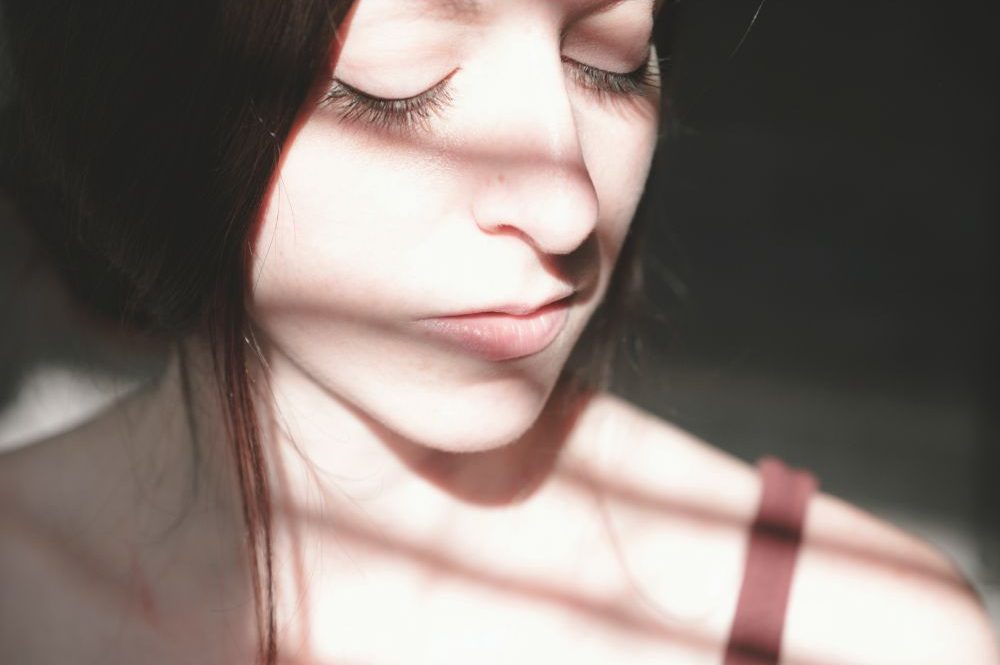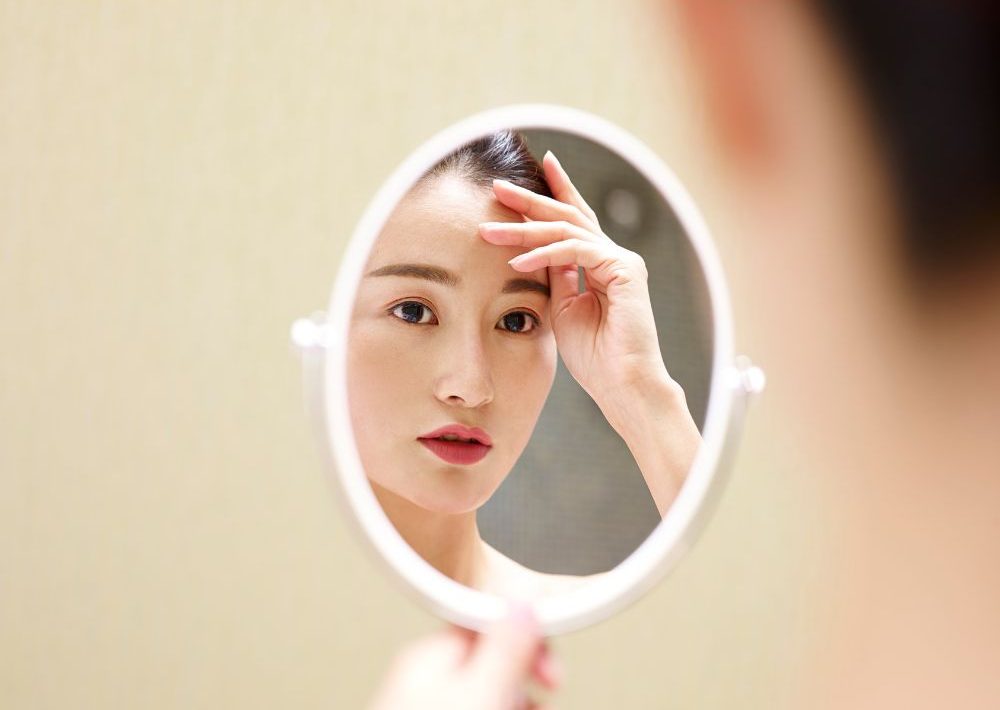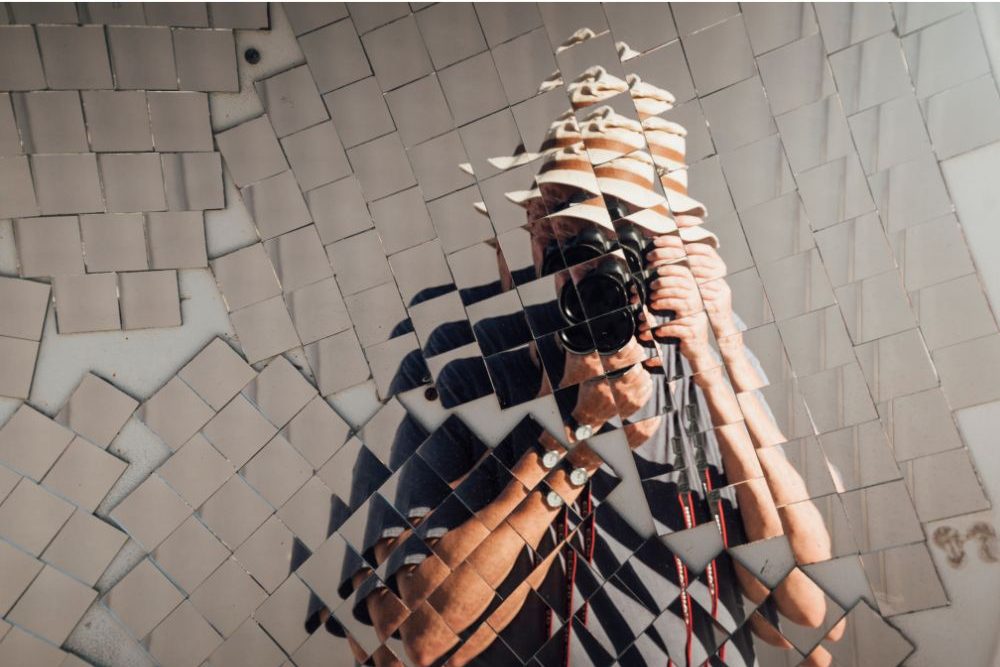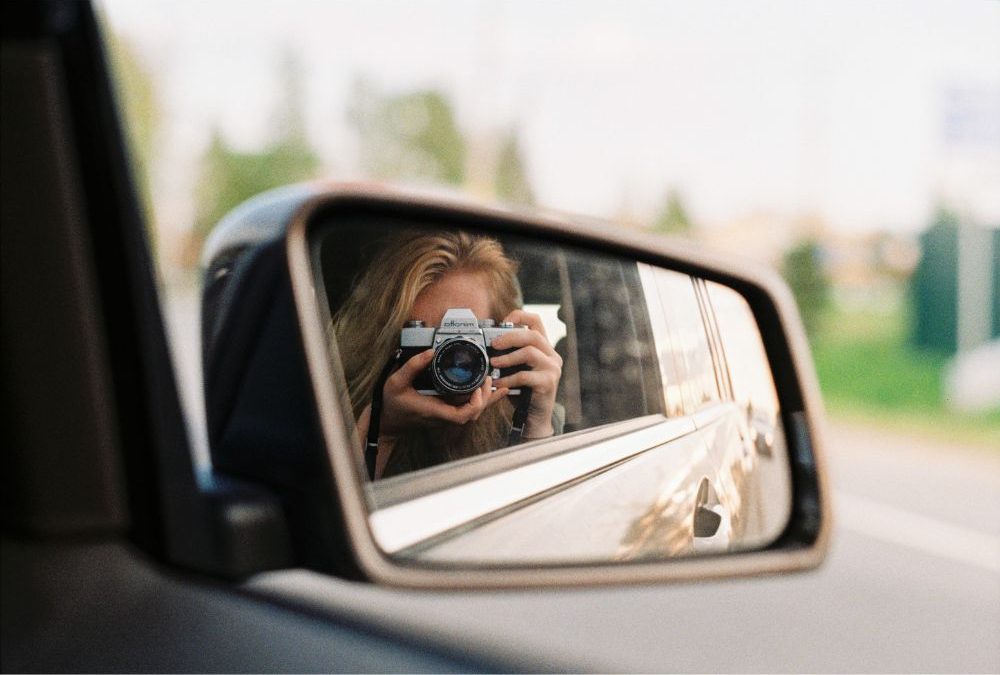
Many famous painters in the past have created self-portraits, from which we can see their appearance and even the changes in their appearance over time. Self-portraits can also show the artist’s inner thoughts and feelings at a certain time.
And photographing self-portrait is very interesting, too, because it is a way to see how other people see you. It can be very challenging, because you have to be in front of the camera and be your own model. But it is also a great way to learn about composition and lighting. It is also another step to get to know your DSLR camera. It is a good way to learn about the shutter speed, aperture, and ISO of your camera, and experiment with different settings to see what works best. And it is also a great way to practice taking photos of other people.
There are many different ways to take a self-portrait. You can use a tripod and timer, or mirror or any other reflective surface. The key to the best self-portrait is to find a way to be comfortable in front of the camera, and to experiment with different techniques.

Self-portrait is not a selfie. A selfie is a photo that you take of yourself, usually with your phone. Selfies are often taken from strange angles, with the camera held at arm’s length. This can make them look fun and quirky, but it’s not the best way to show your best self. A self-portrait is a photo you take of yourself, from a more flattering angle and using more creative composition.
Good light is important for any photo, but it is especially important for self-portraits. The best light is usually soft, diffused light. You can get this kind of light by taking your self-portrait outside in the shade, or indoors near a window. Another way to get good lighting is to use a reflector. A reflector is a piece of white or silver card that you can hold under your chin, or to the side of your face, to bounce light back onto your face. This will help to fill in any shadows and make your self-portrait look more evenly lit.

Composition is also important for a good self-portrait. You want to make sure that your face is in the frame, and that the background is not too busy or distracting. One way to do this is to use the “rule of thirds”. This rule says that you should imagine your frame divided into three sections horizontally and vertically, like a tic-tac-toe board. Then, place your subject (in this case, your face) at one of the intersections. This will help to create a more interesting and balanced composition.
One way to make sure that your portrait is interesting, is by adding some sort of props. Props can be anything from a piece of fruit, to a book, to a pair of glasses. Something that will help to tell the viewer something about you, and make your portrait more unique.
It is also important to experiment with different facial expressions when taking self-portraits. A good way to do this is by practicing in the mirror first. Then, when you are in front of the camera, try to relax and be yourself. A natural smile is always the best, but you can also experiment with different expressions to see what works best.
 Portraits can be taken horizontally or vertically. It really depends on the composition of the photo and what you want to include in the frame.
Portraits can be taken horizontally or vertically. It really depends on the composition of the photo and what you want to include in the frame.
Photographers often use mirrors for self-portraits. This can be a great way to get a different perspective on yourself and can also help to create interesting compositions.
The best camera setting for self-portrait will depend on the look you are going for. If you want a soft, romantic look, then a lower shutter speed and wider aperture will work best. Your aperture should be set to at least f/2.8, and your shutter speed should be around 1/60th of a second. If you want a more sharp, edgy look, then a higher shutter speed and narrower aperture will work best. Your aperture should be set to around 8, and your shutter speed should be around 1/250th of a second. As for ISO, it is best to keep it at a lower setting, around 100 or 200, to avoid any graininess in your photo.
But when you are just starting it is better to use automatic settings. You can experiment with the manual setting later once you have a better understanding of how your camera works. Select Portrait mode or Self-portrait mode and your camera will automatically adjust the aperture and shutter speed to produce a well-exposed photo.

When taking a self-portrait, it is important to focus on your own face, and not the camera. The best way to do this is to set your camera to “ portrait” mode. This will help to blur the background and make your face the focus of the photo.
Finally, self-portraits are a great way to practice your photography skills. They are also a lot of fun, and a great way to get to know your DSLR camera. So don’t be afraid to experiment with different creative ideas, and have fun!

Here are some tips for taking a great self-portrait:
1. Find a good location. Look for a place with good lighting, and a background that you like. You don’t want anything too distracting in the background.
2. Try to use soft light. The best time to take a self-portrait is in the morning or evening, when the light is softer. Avoid taking your self-portrait in harsh midday sun.
3. Use a tripod. This will help to keep your camera steady and prevent any blurriness in your photo.
4. Set your camera to portrait mode. This will help to blur the background and make your face the focus of the photo.
5. Use the rule of thirds. This rule says that you should imagine your frame divided into three sections horizontally and vertically, like a tic-tac-toe board. Then, place your subject (in this case, your face) at one of the intersections. This will help to create a more interesting and balanced composition.
6. Focus on your eyes. The eyes are the most important part of a portrait, so make sure they are in sharp focus.
7. Add some sort of props. Props can be anything from a piece of fruit, to a book, to a pair of glasses. Something that will help to tell the viewer something about you, and make your portrait more unique.
8. Experiment with different facial expressions. A good way to do this is by practicing in the mirror first. Then, when you are in front of the camera, try to relax and be yourself. A natural smile is always nice, but you can also experiment with different expressions to see what works best.
9. Experiment with different angles and perspectives.
10. Have fun and take lots of photos! The more photos you take, the more likely you are to get a great one. So don’t be afraid to experiment with different creative ideas.
